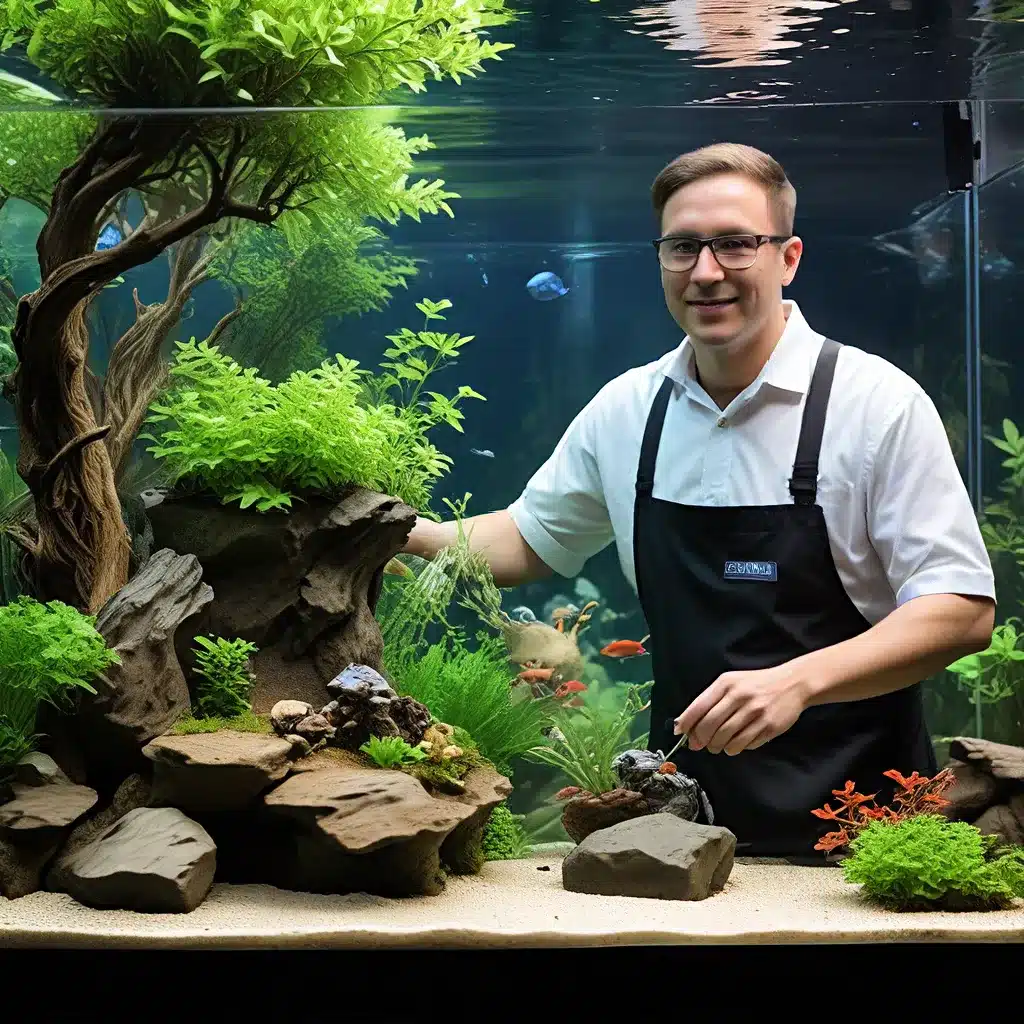
In the captivating world of aquarium keeping, maintaining a healthy, thriving ecosystem is akin to a delicate dance between art and science. From carefully selecting the right fish species to meticulously managing water parameters, the journey of aquarium enthusiasts is one of constant discovery and refinement. In this comprehensive guide, we will unveil the secrets of sustainable aquarium maintenance practices, empowering you to transform your underwater oasis into a harmonious and visually stunning display.
Mastering Species-Specific Care
The foundation of a successful aquarium is built upon understanding the unique needs of the fish species you choose to house. Each aquatic inhabitant has its own set of requirements, from water temperature and pH to diet and social behaviors. By tailoring your aquarium setup to the specific needs of your chosen fish, you can create an environment where they can truly thrive.
One key aspect of species-specific care is selecting compatible tank mates. Compatibility guides can be invaluable resources, helping you identify which fish species can coexist peacefully and which are best kept separate. This attention to detail not only ensures the well-being of your aquatic residents but also contributes to the overall visual appeal of your aquarium.
Another important consideration is the dietary requirements of your fish. Proper feeding is essential for maintaining their health and vibrant coloration. Research the specific feeding habits and nutritional needs of each species, and create a balanced feeding regimen that caters to their individual preferences. Incorporating a variety of high-quality foods, such as flakes, pellets, and frozen or freeze-dried items, can help you meet their diverse nutritional needs.
Mastering the Art of Aquascaping
Aquascaping, the art of designing and arranging the landscape within an aquarium, is a crucial aspect of sustainable aquarium maintenance. Well-designed aquascapes not only enhance the visual appeal of your aquarium but also contribute to the overall health and balance of the ecosystem.
One of the fundamental principles of aquascaping is the use of hardscaping elements, such as rocks, driftwood, and aquatic plants. Carefully selecting and arranging these elements can create a visually striking and biologically diverse environment. For example, strategically placed rocks can provide hiding spots for shy fish, while driftwood can add a natural, organic touch to the overall aesthetic.
Incorporating a variety of aquatic plants is another essential component of successful aquascaping. Plants not only add visual interest but also play a crucial role in maintaining water quality and providing oxygen for your fish. From vibrant, fast-growing stem plants to lush carpeting species, the selection and placement of aquatic vegetation can transform your aquarium into a lush, thriving underwater oasis.
Mastering Water Management
Maintaining optimal water quality is the cornerstone of sustainable aquarium maintenance. Proper water management ensures the health and longevity of your aquatic inhabitants, while also preserving the aesthetic appeal of your underwater environment.
One of the key aspects of water management is regular water changes. Periodic partial water changes, typically ranging from 25% to 50% of the total volume, help to remove waste buildup, replenish essential minerals, and maintain stable water parameters. Establishing a consistent water change routine is crucial for maintaining a balanced aquarium ecosystem.
In addition to water changes, filtration is another vital component of water management. Choosing the right filtration system for your aquarium size and stocking levels can make a significant difference in water quality. From traditional mechanical and biological filters to UV sterilizers, the selection and maintenance of your filtration equipment can greatly impact the overall health and clarity of your aquarium water.
Monitoring and maintaining appropriate water parameters, such as pH, temperature, and dissolved oxygen levels, is also essential. Invest in reliable water testing kits and make adjustments as needed to ensure your aquarium remains within the optimal ranges for your chosen fish species.
Embracing Sustainable Practices
As aquarium enthusiasts, we have a responsibility to foster a sustainable aquarium ecosystem. By adopting eco-friendly practices, we can minimize our environmental impact and ensure the long-term health and vibrancy of our underwater habitats.
One aspect of sustainable aquarium maintenance is the responsible use of resources. This includes minimizing water consumption through efficient water changes, using energy-efficient equipment, and exploring alternative energy sources, such as solar-powered aquarium equipment. By reducing our resource footprint, we can contribute to the overall sustainability of our aquarium hobby.
Another crucial element of sustainable aquarium care is the responsible sourcing of aquarium inhabitants. Choosing fish, plants, and other aquatic life from reputable, ethical suppliers can help ensure the well-being of the organisms and support conservation efforts. Additionally, exploring the option of sustainably-bred aquarium fish can further enhance the sustainability of your aquarium.
By embracing sustainable practices, we not only safeguard the health and longevity of our aquarium ecosystems but also contribute to the broader environmental stewardship of our planet. As aquarium enthusiasts, we have the power to make a positive impact through our passion for the underwater world.
Conclusion: Unlocking the Secrets of Aquarium Alchemy
Maintaining a thriving, sustainable aquarium is an ongoing journey of discovery and refinement. By mastering the intricacies of species-specific care, aquascaping techniques, and water management practices, you can unlock the secrets of aquarium alchemy and create a true underwater masterpiece.
Remember, every aquarium is unique, and the path to success is paved with patience, experimentation, and a deep appreciation for the delicate balance of the aquatic ecosystem. Embrace the challenge, stay curious, and let your passion for aquariums guide you on this captivating adventure.

